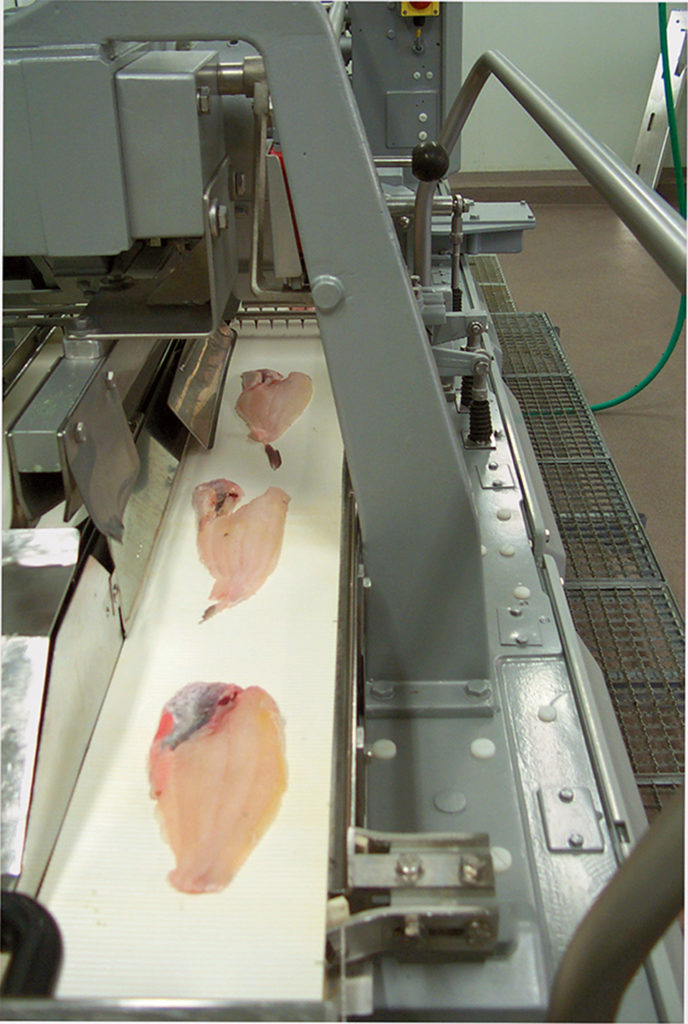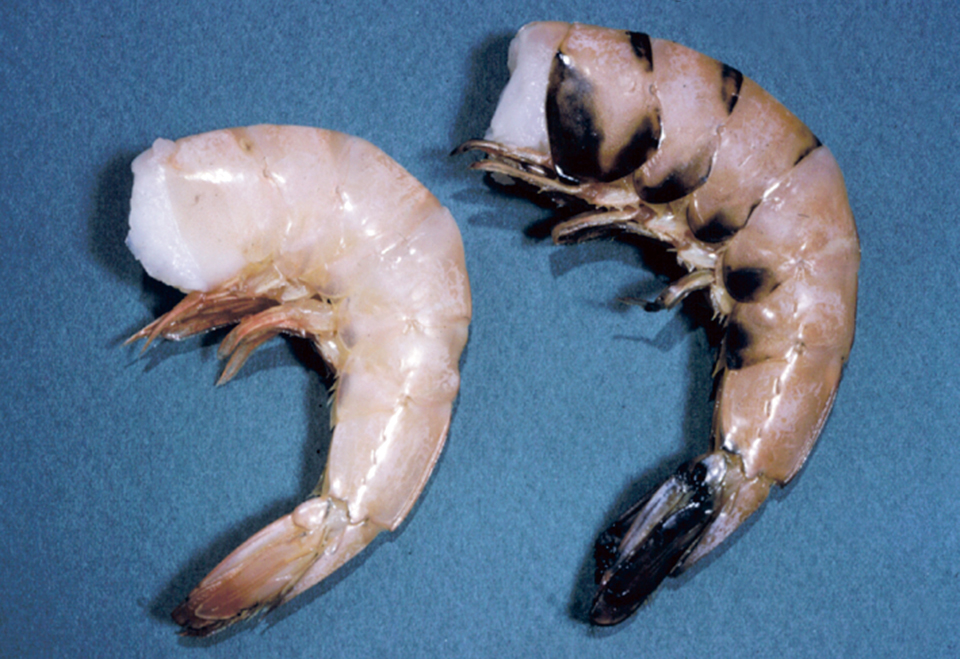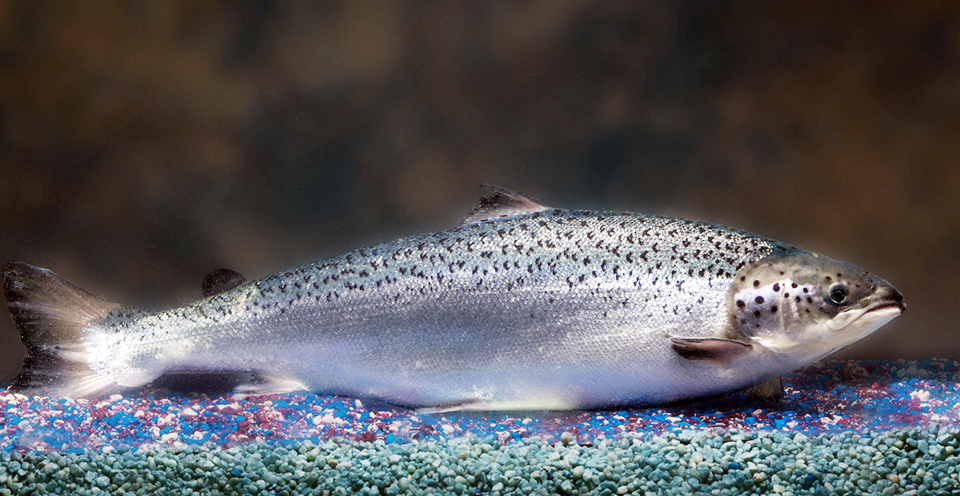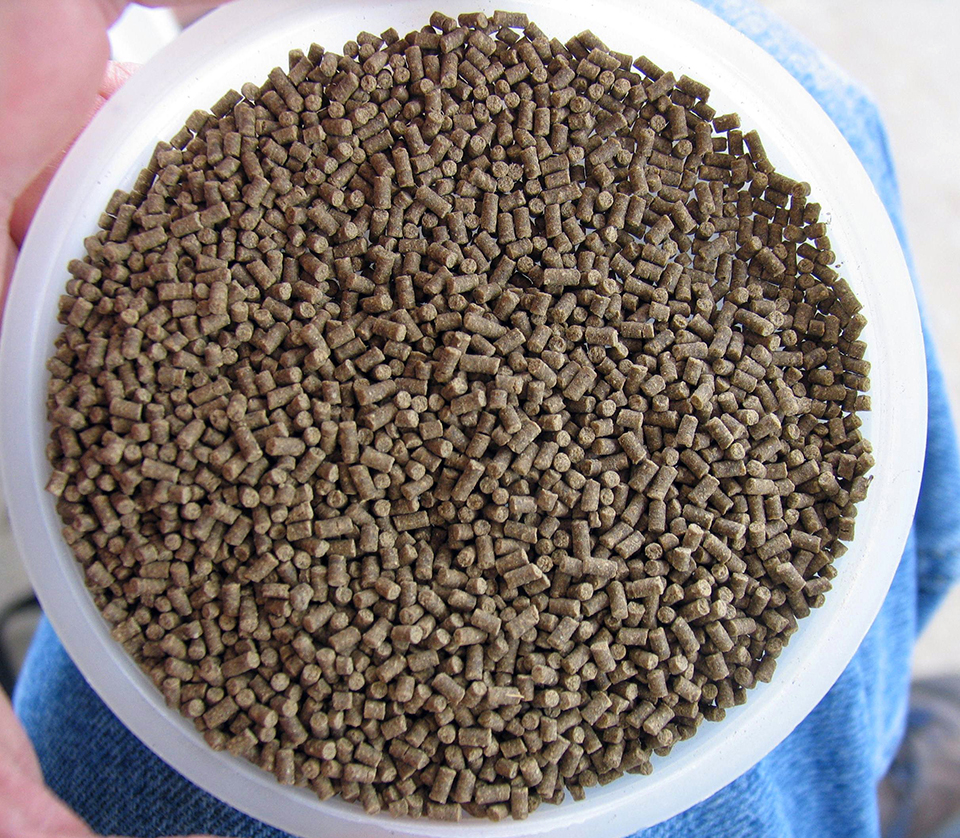Fish can accumulate high levels of muscle CLA compared to ruminant animals

Conjugated linoleic acid (CLA) is the term used to describe positional and geometric isomers of linoleic acid, an omega-6 fatty acid, that are produced by a biohydrogenation process in ruminant animals such as cows and sheep. CLAs have become a recent focus of fatty acid research because of their health benefits to humans.
Two CLA isomers – cis-9,trans-11 and trans-10,cis-12 CLA – are known to possess biological activity, having anticarcinogenic, antiatherosclerotic, and immunomodulative effects. CLA has also been shown to decrease fat, increase protein deposition, and lead to improved feed efficiency and growth rates in domestic livestock.
CLA sources
CLA is naturally present in products of ruminant animals such as meat, milk, and other dairy products, but the amounts of CLA present in these foods are small. If the results of animal studies are extrapolated, an intake of 3 grams CLA per day would be required for a 70-kg adult to ensure health benefits. Such an intake is approximately three times that of the daily estimated consumption of adults.
Consequently, other methods such as direct supplementation of CLA into ruminant diets have been suggested as a means of increasing levels of CLA. However, most studies show that little is retained in edible product. Another method of increasing our daily intake of CLA is through direct oral supplementation. There are many CLA supplements on the market, but questions often arise regarding their purity and cost.
CLA in fish
Are there other alternatives for increasing our daily consumption of CLA? Results from experiments with fish fed dietary CLA indicate yes. This may sound surprising, since fish are not ruminants, and natural products from fish contain negligible amounts of CLA.
Researchers studying the effects of CLA fed to fish have shown that dietary CLA has little effect on production traits such as growth rate and feed efficiency. However, one common finding is that fish are able to accumulate relatively high levels of muscle CLA – 4 to 13 percent in fish, compared to 0.27 to 0.56 percent in ruminant animals.
Current research
Recent research conducted at the Thad Cochran National Warmwater Aquaculture Center in Stoneville, Mississippi, USA examined the effects of dietary CLA on the production traits and fillet composition of channel catfish (Ictalurus punctatus), which represent a major aquaculture industry in the southeastern United States. CLA was supplemented into a soy-wheat-cottonseed meal diet at 0, 0.25, 0.50, 0.75 and 1.0 percent of the diet. Fish were fed twice a day to apparent satiation for six weeks. At the end of the study, fish were weighed, visceral fat was removed, and fillets were analyzed for CLA.
Results
At three weeks, the feed-conversion ratio (FCR) was improved in fish fed diets containing 0.75 and 1.0 percent CLA, while weight gain was increased in fish fed diets containing 1.0 percent CLA (Table 1). By week 6, there were no significant differences in FCR or weight gain in fish fed CLA compared to the control.
Peterson, Feed-conversion ratio (FCR), visceral fat, Table 1
| CLA (%) | Weeks | Feed Conversion Ratio | Viseral Fat | Weight Gain (g/fish) |
|---|---|---|---|---|
| 0 | 0-3 | 1.65 | NA | 42.8 |
| 0.25 | 0-3 | 1.62 | NA | 43.3 |
| 0.50 | 0-3 | 1.62 | NA | 43.5 |
| 0.75 | 0-3 | 1.54* | NA | 45.7 |
| 1.0 | 0-3 | 1.50* | NA | 46.6* |
| 0 | 0-6 | 1.69 | 3.47 | 75.7 |
| 0.25 | 0-6 | 1.65 | 3.19 | 76.2 |
| 0.50 | 0-6 | 1.57 | 3.25 | 80.3 |
| 0.75 | 0-6 | 1.56 | 2.81* | 81.1 |
| 1.0 | 0-6 | 1.53 | 3.02 | 82.7 |
The ratio of visceral fat to carcass weight was reduced approximately 24 percent in fish fed diets containing 0.75 percent CLA. No significant difference was observed in carcass to body weight ratios (heads removed and gutted to body weight ratio). Total fillet CLA was increased in the fish fed dietary CLA. Of the fillets analyzed thus far, the CLA percentage of total fat was determined to be 3.7 percent and 6.7 percent in fish fed 0.5 percent and 1.0 percent dietary CLA.
Conclusion
Considerable interest lies in developing nutrient-enriched feeds for cultured fish. This study showed that the addition of conjugated linoleic acid to catfish diets was an effective means of increasing levels of fillet CLA. Catfish fillets containing CLA could be a valuable dietary source of CLA in combination with products from ruminant animals that naturally contain CLA.
(Editor’s Note: This article was originally published in the April 2003 print edition of the Global Aquaculture Advocate.)
Now that you've reached the end of the article ...
… please consider supporting GSA’s mission to advance responsible seafood practices through education, advocacy and third-party assurances. The Advocate aims to document the evolution of responsible seafood practices and share the expansive knowledge of our vast network of contributors.
By becoming a Global Seafood Alliance member, you’re ensuring that all of the pre-competitive work we do through member benefits, resources and events can continue. Individual membership costs just $50 a year.
Not a GSA member? Join us.
Authors
-
Brian C. Peterson, Ph.D.
Thad Cochran National Warmwater Aquaculture Center
U.S. Dept. of Agriculture Agricultural Research Service
Stoneville, Mississippi 38776 USA[118,111,103,46,97,100,115,117,46,115,114,97,64,110,111,115,114,101,116,101,112,98]
-
Bruce Manning, Ph.D.
Thad Cochran National Warmwater Aquaculture Center
Mississippi State University
Stoneville, Mississippi, USA -
Menghe Li, Ph.D.
Thad Cochran National Warmwater Aquaculture Center
Mississippi State University
Stoneville, Mississippi, USA
Related Posts

Health & Welfare
10 paths to low productivity and profitability with tilapia in sub-Saharan Africa
Tilapia culture in sub-Saharan Africa suffers from low productivity and profitability. A comprehensive management approach is needed to address the root causes.

Intelligence
4-hexylresorcinol: sulfite-free control for melanosis in crustaceans
4-hexylresorcinol in a nonsulfite processing treatment against melanosis in crustaceans inhibits natural enzymes for shell hardening.

Intelligence
A brief look at genetically modified salmon
If approved by FDA, fast-growing genetically modified salmon will provide a safe and nutritious product similar to other farmed Atlantic salmon.

Health & Welfare
A case for better shrimp nutrition
Shrimp farm performance can often be below realistic production standards. Use proven nutrition, feeds and feeding techniques to improve profitability.


